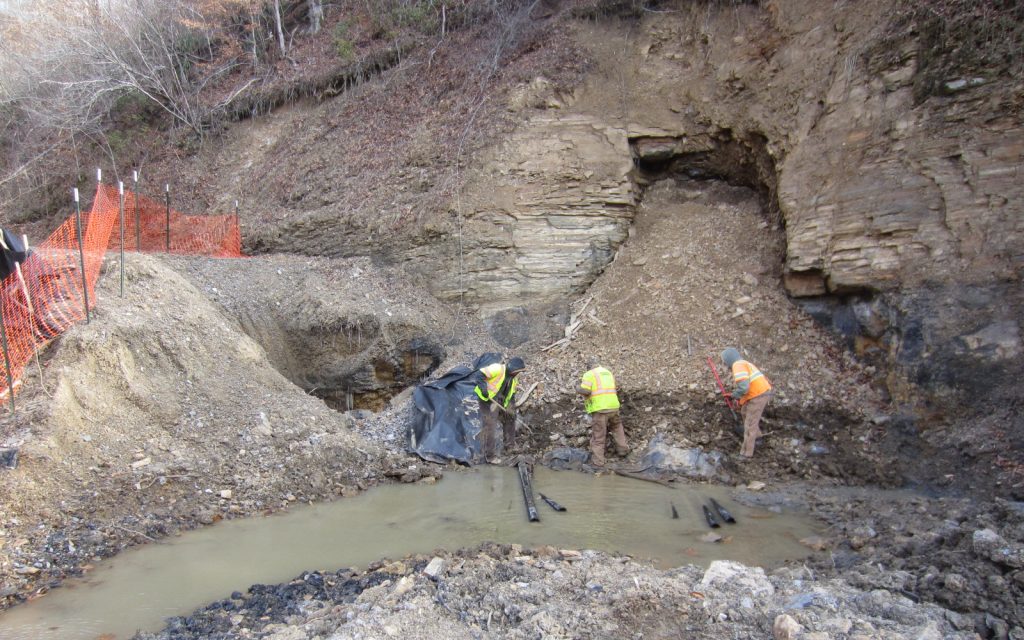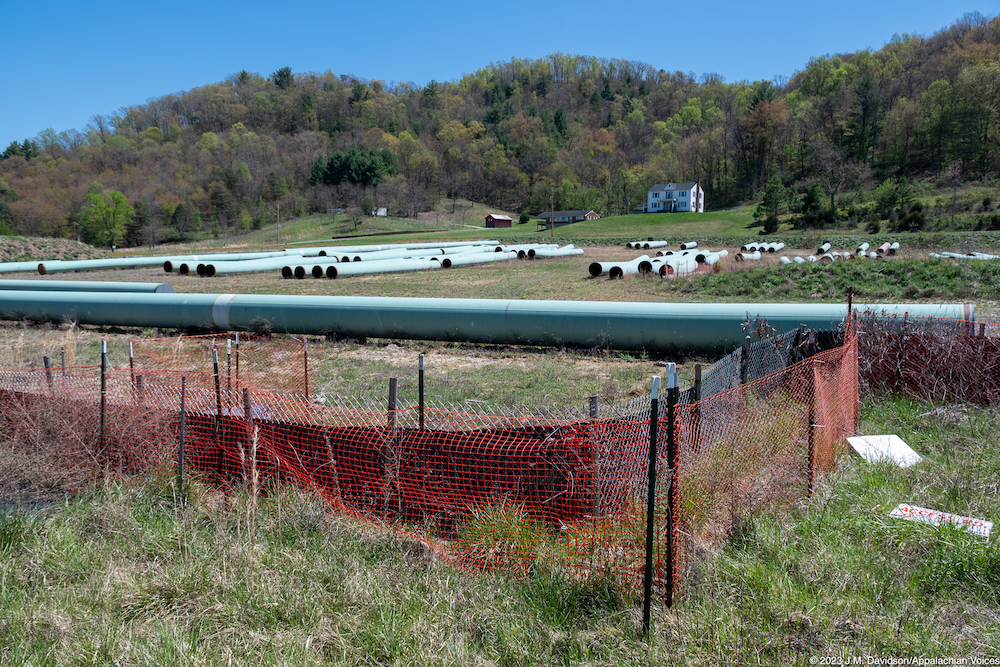Cleaning Up Coal Ash
For well over a century, power plants across the country have burned coal to generate electricity. And for just as long, leftover coal ash has been dumped in open, unlined pits near the power plant, usually located on a river or lake. Every year, U.S. power plants produce 130 million tons of coal ash, which is the second largest waste stream in the country after municipal garbage.
Coal ash concentrates the toxic heavy metals found in coal, including arsenic, mercury, lead and selenium. Stored in unlined, wet impoundments, coal ash has been leaking these toxics into our groundwater and surface waters for years. Sometimes these impoundments collapse — with disastrous results.
Yet government regulations for coal ash management are either non-existent or sparse, and there is little enforcement of the regulations that do exist. In North Carolina, this lack of oversight — and the complicity between state regulators, elected officials and Duke Energy — came to a boiling point in February 2014 when one of Duke’s coal ash impoundments spilled 39 million tons of ash into the Dan River.
Citizens living near North Carolina’s 33 coal ash impoundments — all of which have leaked — have fought for transparency from Duke and the state, and for cleanup of the pollution that threatens their property value, health and family. Their actions forced this issue into the headlines of news networks and to the forefront of environmental justice conversations in the United States.
Appalachian Voices stood with these communities as we worked for years to compel Duke Energy and the N.C. Department of Environmental Quality to excavate coal ash from all the North Carolina sites and dispose of it either in lined, dry landfills, away from waterways, or by recycling it for concrete or other uses, provided it’s done in a manner that protects public health and the environment.
On Jan. 2, 2020, North Carolina announced a historic settlement with one of the state’s most powerful corporations and polluters, Duke Energy. The settlement requires Duke to move nearly 80 million tons of toxic coal ash at six of its power plants to properly lined landfills onsite or recycle it.

Learn information about specific coal ash impoundments in the South, including health threats and safety ratings:
Additional Resources
Fact sheets, videos, links to academic research, and more
Sign Up to Act
Help us protect the health of our communities and waterways.
Latest News
Appalachian senators introduce bill to support families of deceased miners
Today, Sens. Mark Warner (VA), Tim Kaine (VA), Joe Manchin (WV), Sherrod Brown (OH), Bob Casey (PA) and John Fetterman (PA) introduced legislation to ease the process for families of deceased miners to apply for black lung benefits. Surviving dependents can apply to receive black lung benefits after a miner’s death, but filing for benefits is complex and burdensome.
Statement by Appalachian Voices on House Appropriations Committee proposed cuts to interior and environment agency budgets
Yesterday, the House Appropriations Committee released its proposed FY 2024 budget for the Department of Interior and Environmental Protection Agency. The proposal includes a 10% budget cut to the Office of Surface Mining Reclamation and Enforcement’s operational budget, while also providing a $1 million increase to the budget for the Abandoned Mine Land Economic Revitalization Program.
Federal court stays Mountain Valley Pipeline’s biological opinion again
Today, the U.S. Court of Appeals for the 4th Circuit issued a stay of the biological opinion and incidental take statement under the Endangered Species Act for the Mountain Valley Pipeline.
Advocates, coal miners applaud progress towards new silica dust rule
Today, the Biden Administration’s Mine Safety and Health Administration (MSHA) released a long-delayed draft rule to protect coal miners from exposure to respirable silica — the principal cause of the resurgence of deadly black lung disease.
Fate of Mountain Valley Pipeline’s North Carolina extension still unclear
North Carolina Gov. Roy Cooper raised concerns about the Southgate project, which has drawn opposition from local governments and elected officials who say it threatens private property rights and tourism efforts.
How a Pipeline Proposal Birthed a Community Movement in Middle Tennessee
A proposed pipeline expansion project that would cut through several Middle Tennessee counties birthed a grassroots movement aimed at stopping it, as TVA plans yet another fossil fuel buildout.











